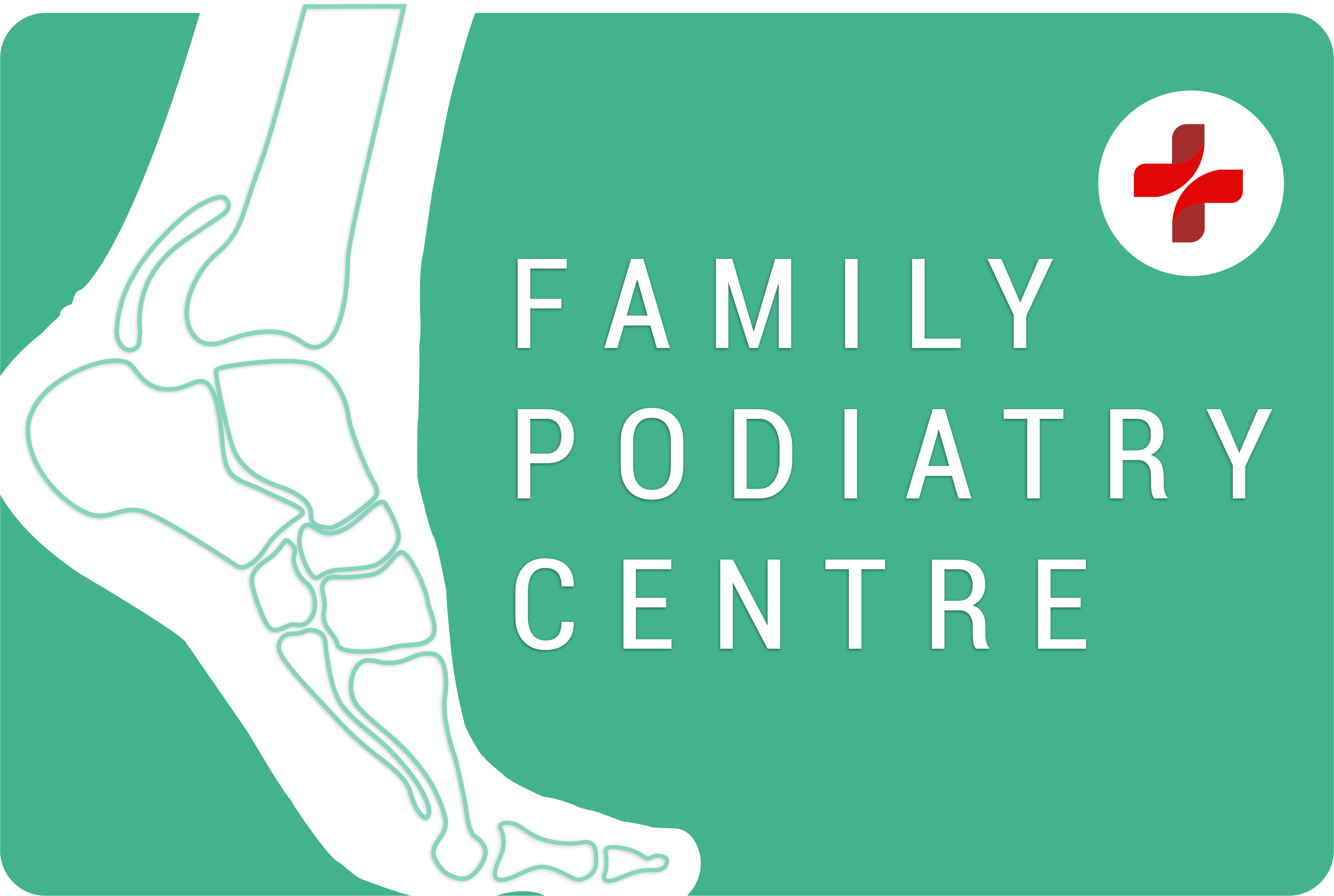
Welcome to Family Podiatry Centre
Our new website is under construction
Online bookings and membership login is available below
Singapore East
Operating Hours
Monday – Friday: 9:00am – 6:00pmLunch: 1:00pm – 2:00pmSaturdays: 9:00am – 1:00pm
Closed on Sundays
Singapore Central
Operating Hours
Monday – Friday: 9:00am – 6:00pmLunch: 1:00pm – 2:00pmSaturdays: 9:00am – 1:00pm
Closed on Sundays
Malaysia
Operating Hours
Monday – Friday: 9:00am – 6:00pmLunch: 1:00pm – 2:00pmSaturdays: 9:00am – 1:00pm
Closed on Sundays